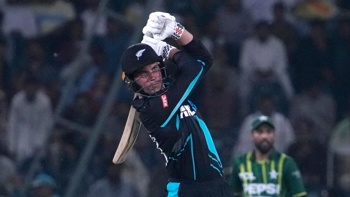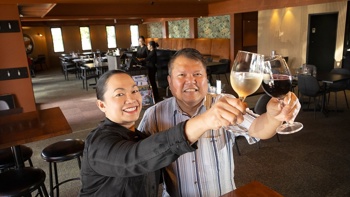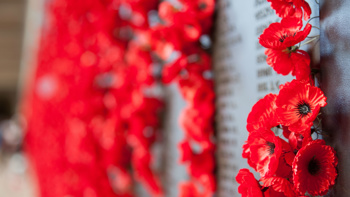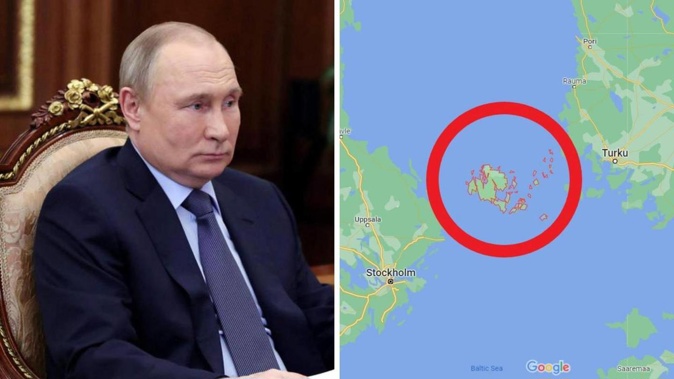
Moscow has lashed out at Finland's official bid to join the NATO alliance, threatening unspecified retaliation if it succeeds. But it has taken early aim at an obscure set of islands and a strategic canal.
Finland's bid to join the 30-nation military alliance comes after Russia's invasion of Ukraine. But Russia's European Union representative Vladimir Chizhov says he will formally oppose Finland's NATO application.
"As for Finland, I immediately have a question on two aspects," he told state-controlled RuNews24.
One is the Saimaa Canal. It was built by the Grand Duchy of Finland in 1856 – then part of the Russian Empire. Finland surrendered its southern portion in 1940 after a short but brutal war.
"That is, it leaves central Finland approximately to (Russia's) Vyborg," Chizhov explained.
Finland currently leases access to the Russian portion of the canal.
"What will happen to this now? We'll have to see," the diplomat questioned.
The second challenge is the status of Finland's Åland Islands. The region has been a demilitarised zone for more than a century.
Russian Deputy Foreign Minister Sergei Ryabkov has insisted Moscow will not accept Finland or Sweden joining NATO. "NATO should not have any illusions that we will simply put up with this – in Brussels, Washington, and other NATO capitals," he said. "That is, the general level of military tension will increase, and there will be less predictability in this area."
This, says Finland's former intelligence chief Major General Pekka Toveri, is why his nation decided to choose sides.
"It's all Putin's fault," he said. "For years, Russia has said Finland shouldn't join NATO, but it's Finland's decision. But then in December [2021], when Putin said that Finland can't join NATO and if Finland joins NATO there would be consequences, that was a direct threat, trying to force Finland's hand."
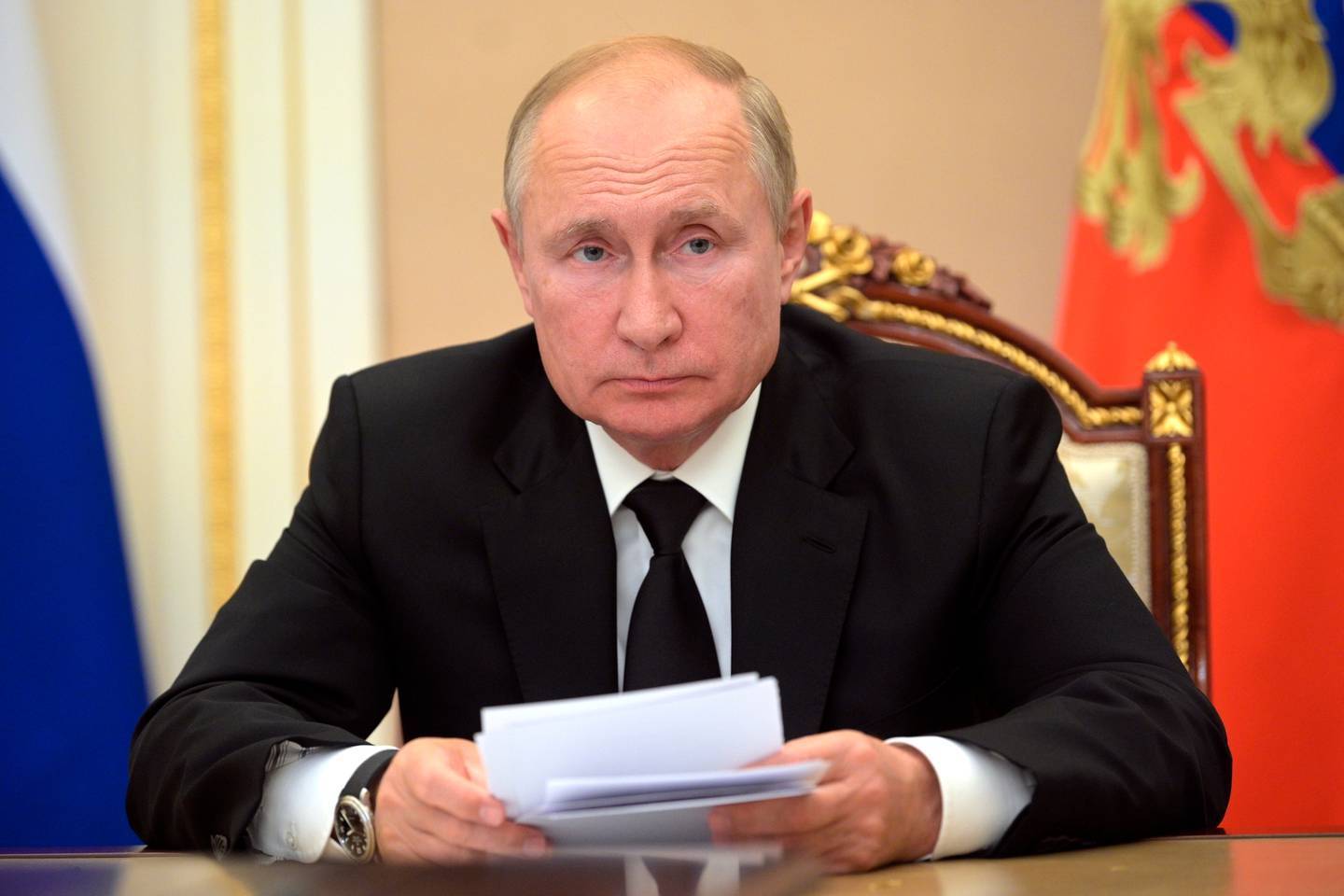
Moscow has lashed out at Finland's official bid to join the NATO alliance, threatening unspecified retaliation if it succeeds. But it has taken early aim at an obscure set of islands. Photo / AP
Saimaa Canal
Finland sometimes wryly refers to itself as an island. Much of its territory is a tightly packed mass of lakes. And that means some 90 per cent of its trade is carried by sea.
A network of some 120 of these lakes is linked to the Black Sea via the city of Vyborg by canal. The southern portion of this – including Vyborg – was lost to Russia in Joseph Stalin's brief – but largely unsuccessful – Winter War of 1939.
But the economic importance of this deepwater channel remains significant for Finland's northeastern regions.
Helsinki secured a 50-year lease over the Russian portion of the canal in 1963 – partly in exchange for its ongoing neutral status during the Cold War. The lease was renewed for another 50 years in 2013.
But it remains a strategic "choke point", both for NATO and Russia.
Vyborg, along with the city of St Petersberg, is one of Russia's few access points to the Black Sea other than the isolated enclave of Kaliningrad between Poland and Estonia. If NATO were to expand its border with Russia (Finland will add a further 1300km), this would increase strategic pressure on both Russian outposts.
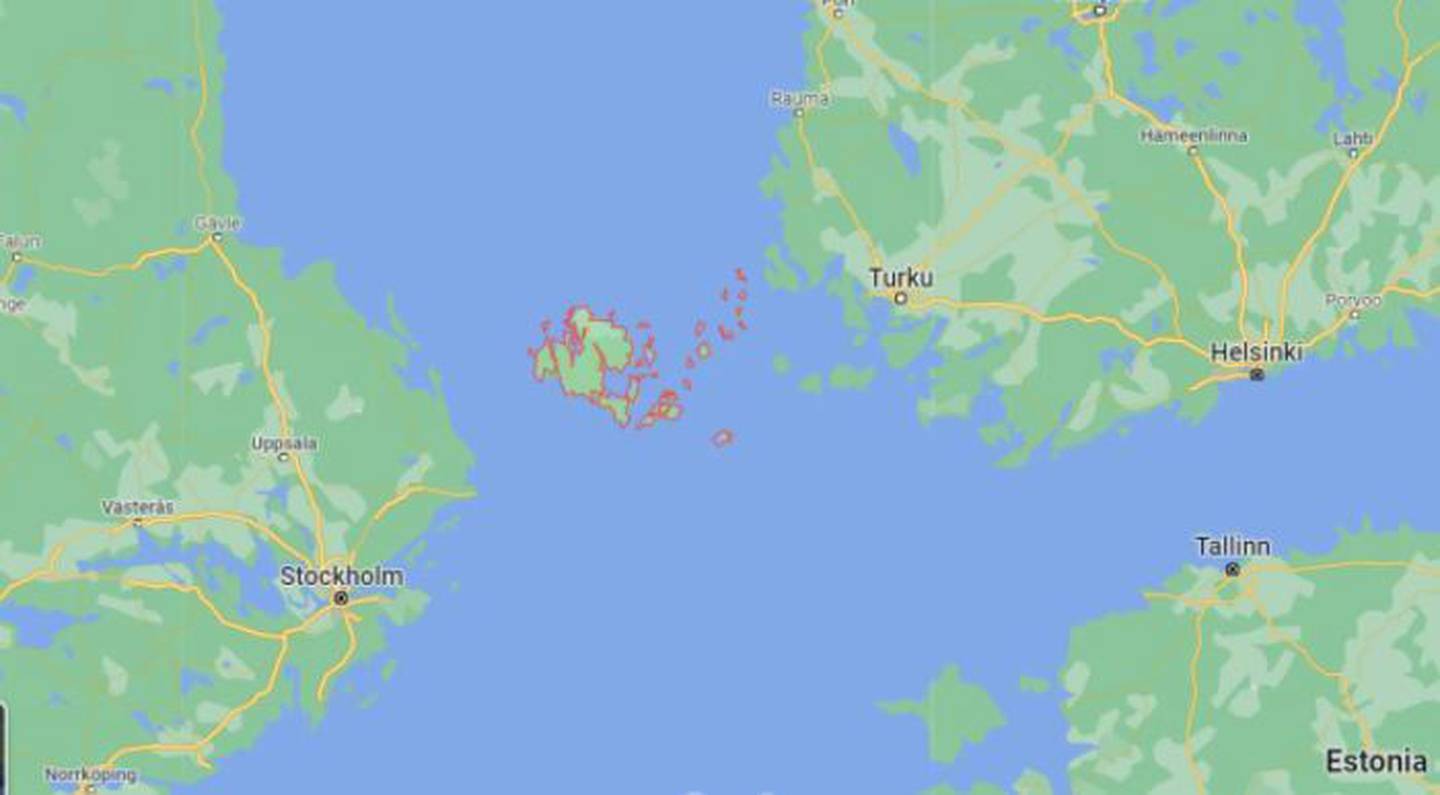
Åland Island sits between Sweden and Finland. Photo / Google Maps
Åland Islands
Åland Island is an autonomous district of Finland, comprising some 6700 islands and islets. It's now home to some 30,000 people. It's nowhere near modern-day Russia.
Instead, the self-governing islands sit at the junction of the Baltic Sea and the Gulf of Bothnia – between Finland and Sweden. But, like the nearby Swedish island of Gotland, its strategic importance has caused it to be the focus of Russian diplomatic and military attention for more than a century.
Britain and France attempted to seize the islands off the Russian Empire (and its autonomous vassal, the Duchy of Finland) in the 1850s. They were returned to Russian control only after it promised not to fortify the islands.
Åland then sought independence from the League of Nations in the 1920s, shortly after Finland won independence from Russia in 1917. Though it was declared a demilitarised zone, the appeal was rejected.
This demilitarised status has remained in place ever since.
But the prospect of Finland joining NATO has raised questions over whether or not the islands will retain this status – especially as Finland is responsible for the area's defence.
Finnish Parliament Speaker Matti Vanhanen inflamed the controversy last month, stating that a permanent presence of troops there would help defend the territory from intrusion. Russia's consulate in Åland's capital, Maarianhamina, objected to the suggestion.
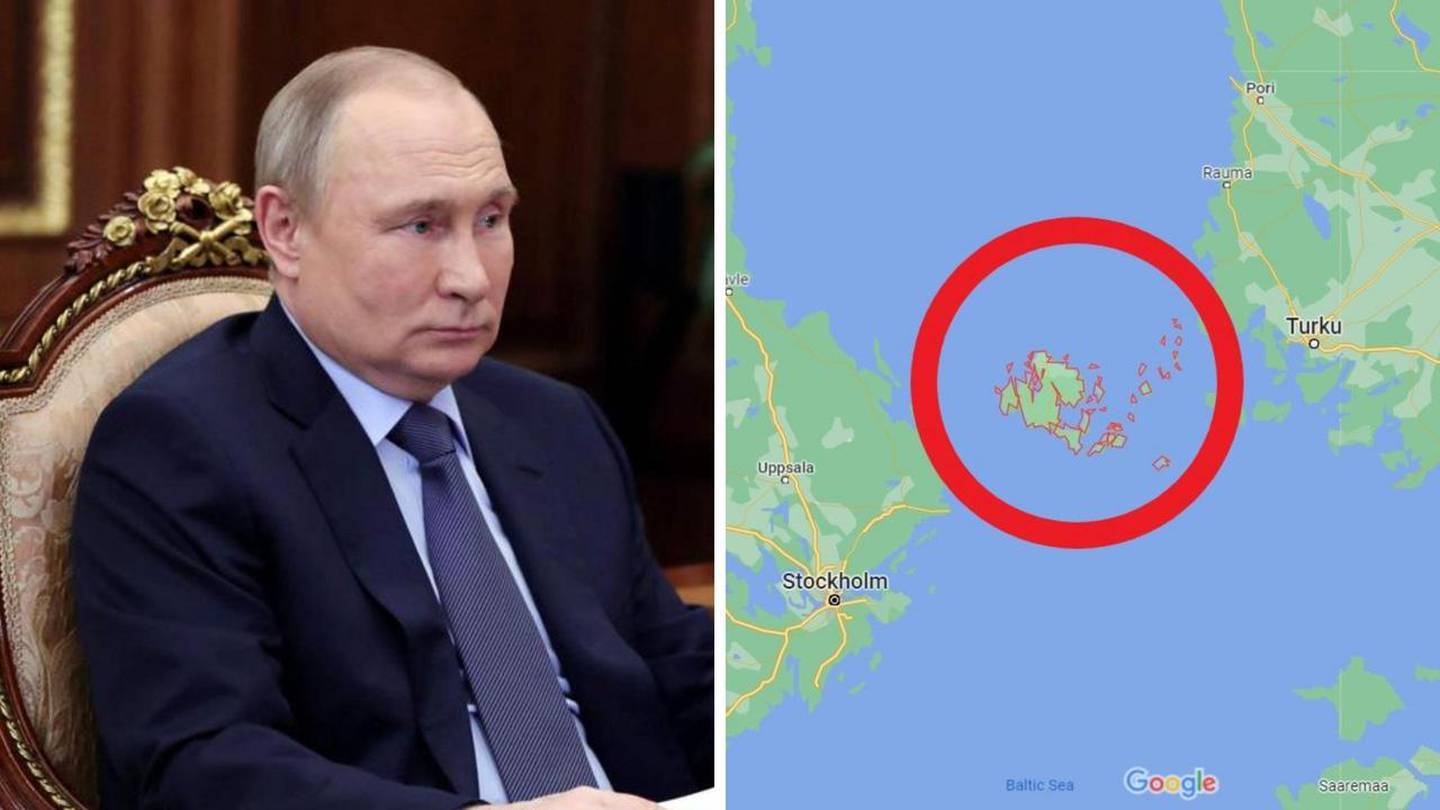
They're little-known with only 30,000 occupants but this tiny group of islands are stoking fires between Russia and their new enemy. Photo / Getty / Google Maps
Clear and present danger
President Vladimir Putin appears to have sought to play down Finland and Sweden's move to join NATO.
"As for the expansion, including through new members of the alliance – Finland, Sweden – Russia wants to inform you that it has no problems with these states," Putin told the Russian-backed Collective Security Treaty Organization (CSTO), which comprises nine former Soviet Union states. "Therefore, in this sense, expansion on account of these countries does not pose a direct threat to Russia."
But, says Harvard Professor Stephen Walt, Sweden and Finland feel directly threatened.
"Whatever you think Putin's motivations are, it is now abundantly clear that he miscalculated badly and on several levels. He underestimated Ukrainian nationalism, and he exaggerated Russia's military capabilities. Like other unsuccessful aggressors, he also failed to understand a key lesson of foreign-policy realism: States balance against threats. And using force to revise the status quo is just about the most threatening thing that a country can do."
Future tense
Ratifying Finland and Sweden as NATO members could take four months to a year. All NATO countries need to approve the new members. And two – Turkey and Hungary – have voiced hesitation in doing so.
Russia's Security Council deputy chairman Dmitry Medvedev raised the stakes last month when he warned Moscow would deploy nuclear weapons and hypersonic missiles in the Baltic Sea if the two nations gave up their neutrality.
Major General Toveri says Finland considers itself in a relatively secure place.
"Traditionally, Russia has used political, economic, and military pressure – and power," he says. "Well, there's no political power anymore. Their economic power is very small. Then military power, His forces are tied up in Ukraine …. Barring nuclear weapons, in conventional terms, they don't have anything with which they could seriously threaten Finland's independence and existence."
Either way, Finland and Sweden are now faced with the reality that Russia is prepared to use military force to achieve its goals, adds Professor Walt.
"States are sensitive to power, but they're even more sensitive to the ways that power is used. If you have a big stick, speaking softly is smart. So is using one's power wisely – and not very often," he says.
"Overwrought denunciations of supposed Ukrainian Nazis and the brutal behaviour of Russia's soldiers just made the Swedish and Finnish decision easier."
- by Jamie Seidel, news.com.au
Take your Radio, Podcasts and Music with you






